detail profile norman cohn
Peran Yang Di Mainkan Norman Cohn
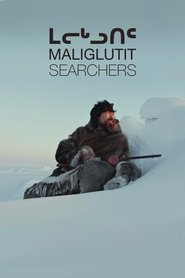 Inuk filmmaker Zacharias Kunuk Atanarjuat The...
Inuk filmmaker Zacharias Kunuk Atanarjuat The...Searchers 2016
Inuk filmmaker Zacharias Kunuk (Atanarjuat: The Fast Runner) returns with this Arctic epic inspired by the classic John Ford western of the same name, about a vengeful husband who sets off in pursuit of the violent men who kidnapped his wife and destroyed his home.
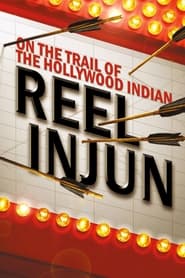 The evolution of the depiction of...
The evolution of the depiction of...Reel Injun 2010
The evolution of the depiction of the various Native American peoples in cinema, from the silent era to the present day: how their image on the screen has changed the way to understand their history and culture.
 Two isolated families meet for a...
Two isolated families meet for a...Before Tomorrow 2008
Two isolated families meet for a summertime celebration. Food is abundant and the future seems bright, but Ningiuq, a wise old woman, sees her world as fragile and moves through it with a pervasive sense of dread. Ningiuq and her grandson Maniq are dropped off on a remote island, where, every year, the family dries the catch and stores it for winter. The task is soon finished. As summer turns to fall, they wait in vain for the others to pick them up.
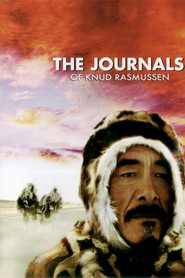 Based on the journal of Knud...
Based on the journal of Knud...The Journals of Knud Rasmussen 2006
Based on the journal of Knud Rasmussen's "Great Sled Journey" of 1922 across arctic Canada. The film is shot from the perspective of the Inuit, showing their traditional beliefs and lifestyle. It tells the story of the last great Inuit shaman and his beautiful and headstrong daughter; the shaman must decide whether to accept the Christian religion that is converting the Inuit across Greenland.
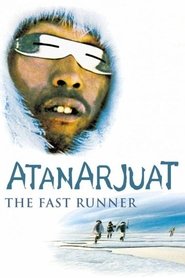 Based on a local legend and...
Based on a local legend and...Atanarjuat: The Fast Runner 2002
Based on a local legend and set in an unknown era, it deals with universal themes of love, possessiveness, family, jealousy and power. Beautifully shot, and acted by Inuit people, it portrays a time when people fought duels by taking turns to punch each other until one was unconscious, made love on the way to the caribou hunt, ate walrus meat and lit their igloos with seal-oil lamps.
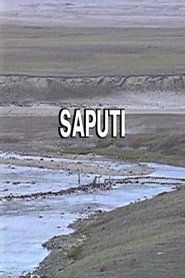 As summer ends near Igloolik in...
As summer ends near Igloolik in...Fish Traps 1993
As summer ends near Igloolik in the 1930's, three families build a saputi to trap fish going upriver for the winter. The days are getting shorter and young people daydream, while waiting for fish to come. But nature is not always predictable.... [Third Isuma recreated fiction, 1993.]

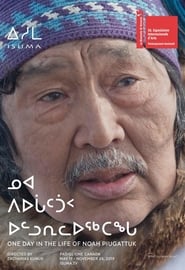 1961 In Kapuivik an Inuit man named...
1961 In Kapuivik an Inuit man named...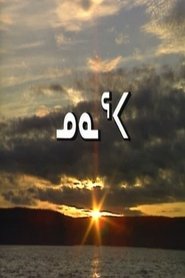 For the Igloolik Inuit summer is...
For the Igloolik Inuit summer is...